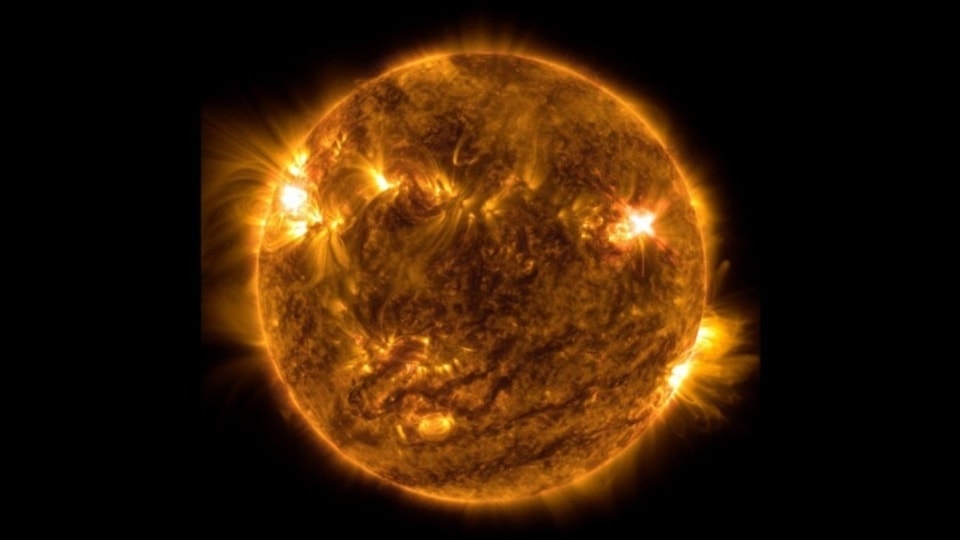Do all solar activities like solar storms, CME, impact Earth? This is what NASA says
Do solar activities like solar flares, CME, among others have an impact on Earth? NASA has an answer. Check it out here.
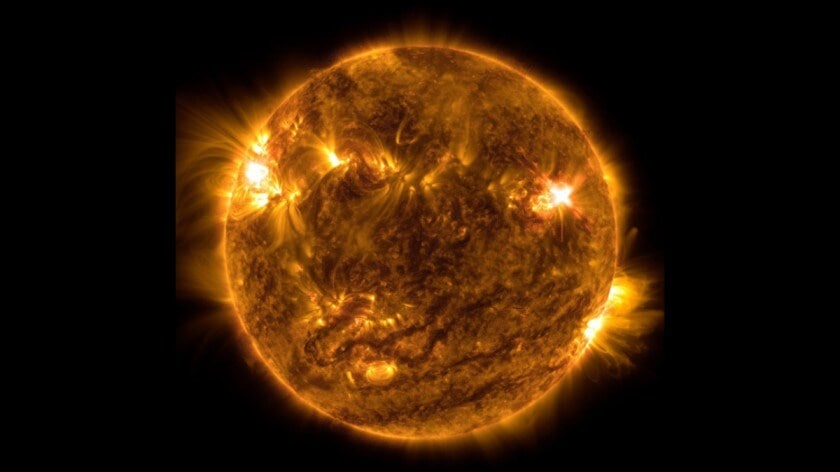
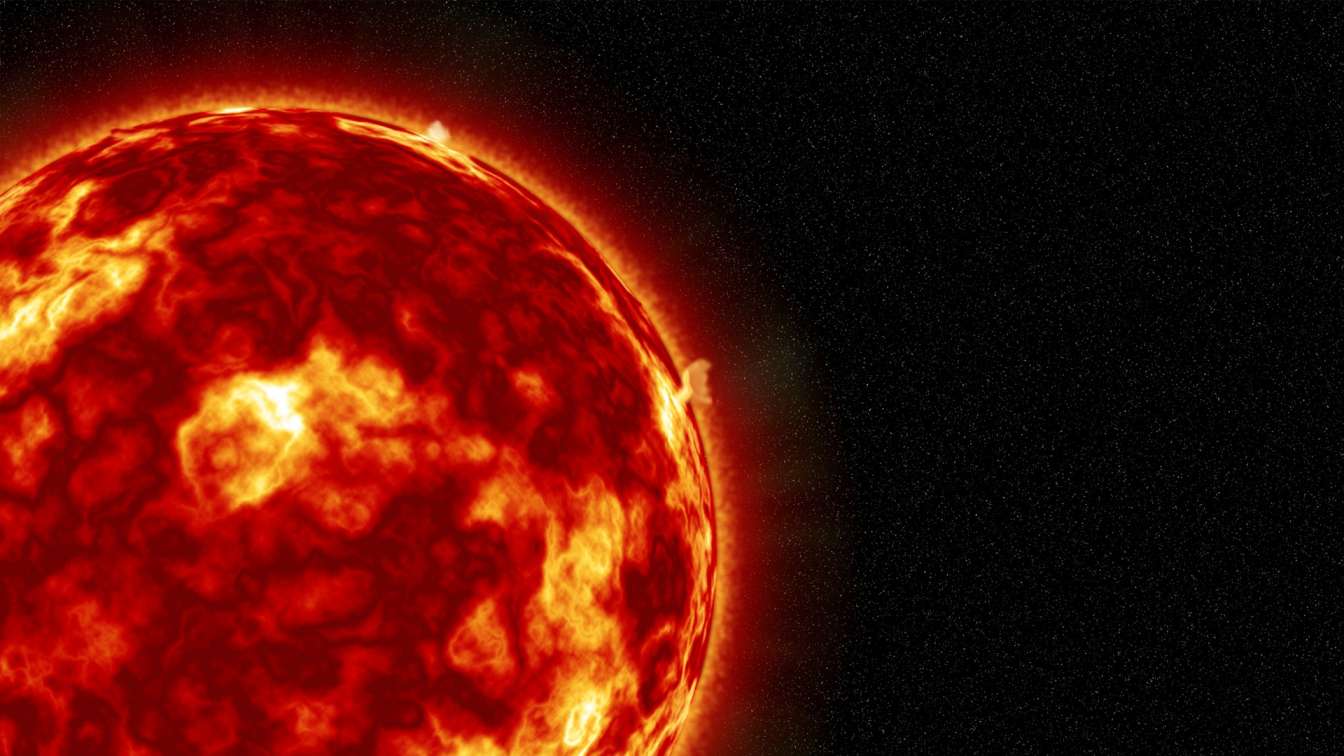
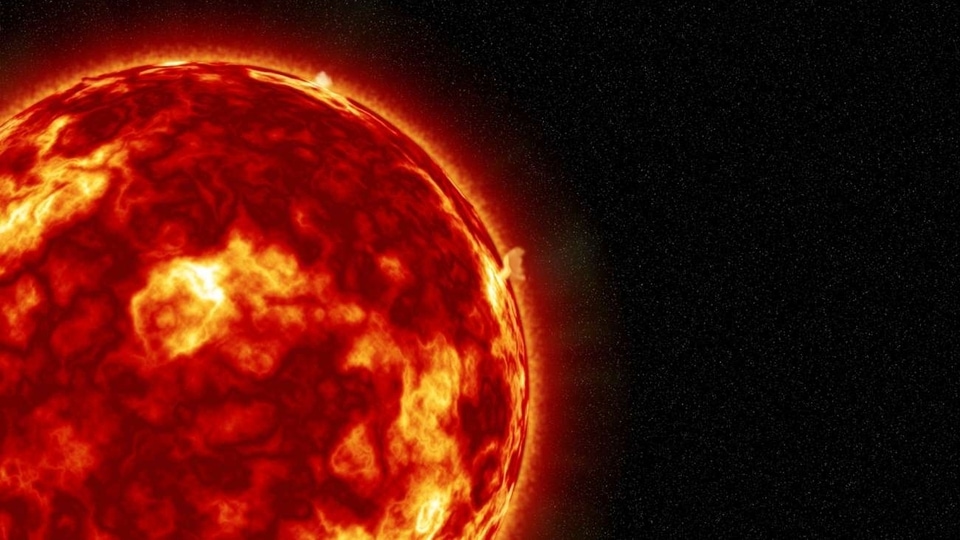
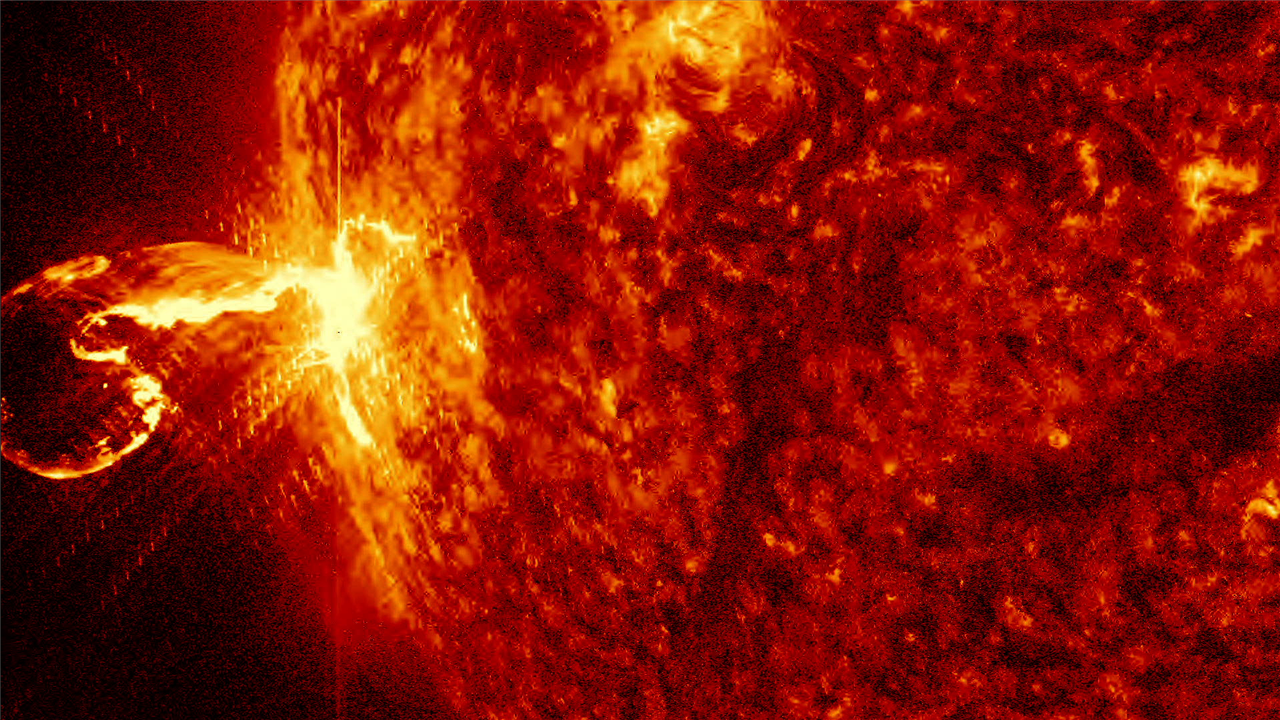



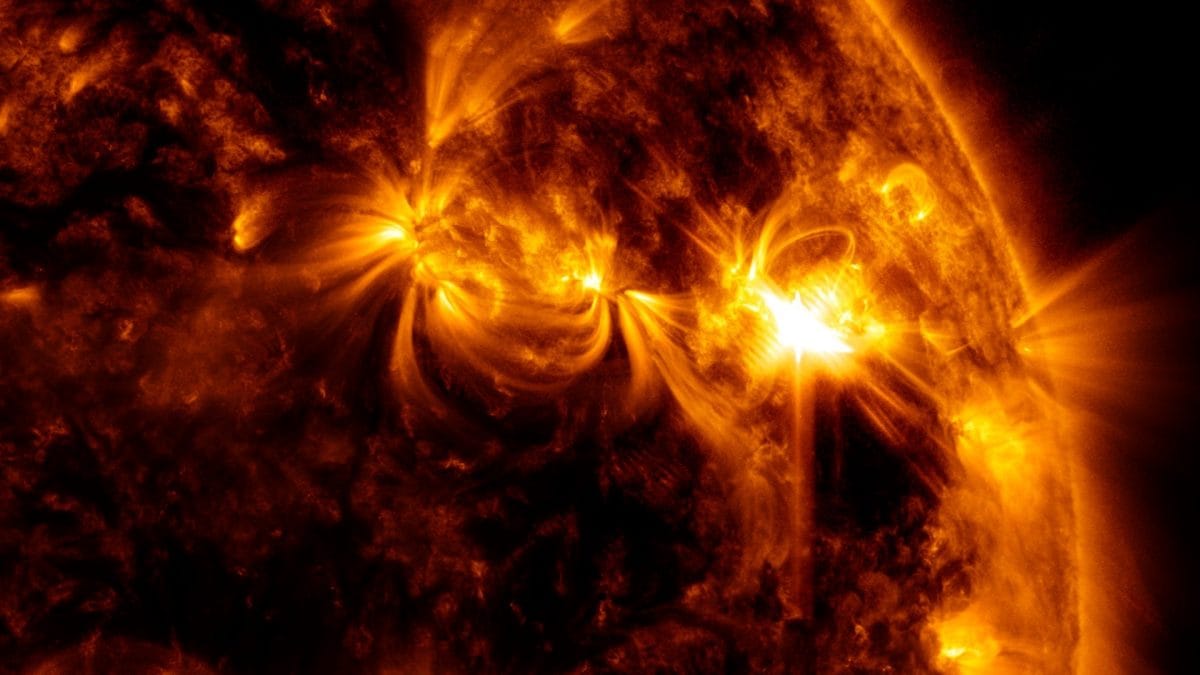

First Published Date: 14 Nov, 16:44 IST
NEXT ARTICLE BEGINS


